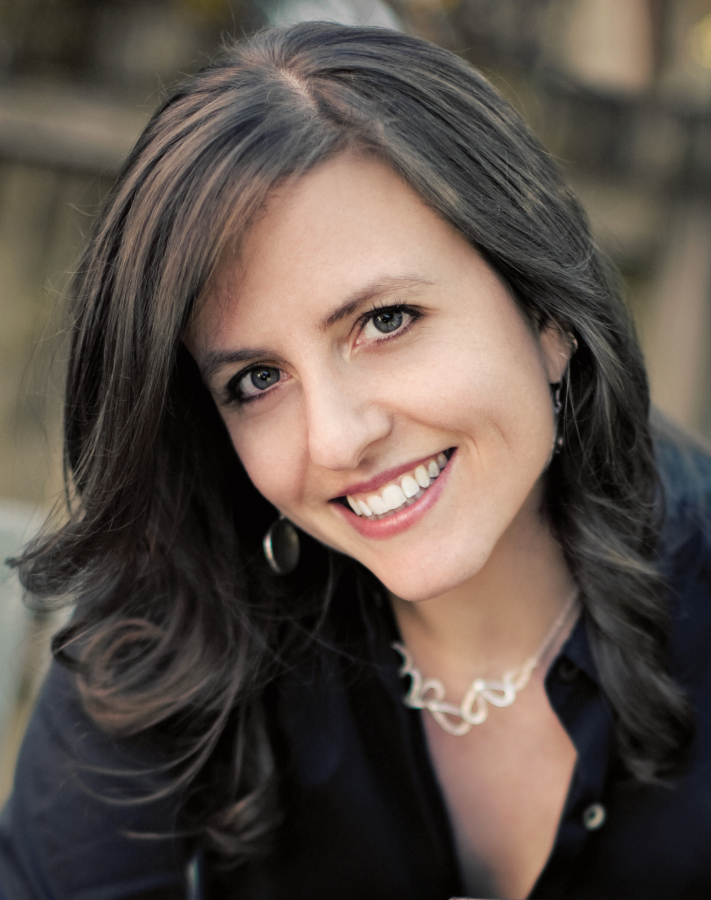In many ways the story is similar: The first book told the story behind the HeLa cells, an essential tool in science that everyone benefits from without examining where they came from, or their human cost. My next book explores the human-animal bond, the ethics of our relationships with animals, and their role in science and medical research — it tells a story that explores some of the biggest, and as yet unanswered, questions at the heart of animals’ roles in our lives.
Animal research is another area of science everyone has benefitted from (in even more ways than people have benefitted from HeLa cells), yet people don’t tend to know the stories behind it, or the facts, in part because it’s easier not to look at those stories. (As with HeLa cells.) But it’s always better for everyone if we do.
Before becoming a science writer, I spent more than a decade working as a veterinary technician in animal shelters, vet clinics, emergency rooms, research labs, even an animal morgue. Those experiences, and the ethical questions they prompted, are at the center of my next book, and they’re really the reason I became a writer. I was planning to become a veterinarian but started writing as a way to wrestle with some of the experiences I was having in the world of veterinary medicine.
So in many ways, this book is like a prequel to “The Immortal Life of Henrietta Lacks.” It’s part of the story of how I became the person who noticed HeLa cells and started asking the essential questions of that book: Where do you draw the line between the benefit of science and its impact on research subjects (human or animal), how do you draw that line, who decides, etc. In many ways, my next book will do something similar: Tell the story of two worlds in science that often don’t trust each other, don’t understand each other, can’t talk to each other, and as a result, bad things can happen for science and society and research subjects.
Then it asks: What’s the real story here? How can we have a productive conversation based on facts about all of this to promote change that is good for all involved (in this case, the humans, the animals, and the science)?




